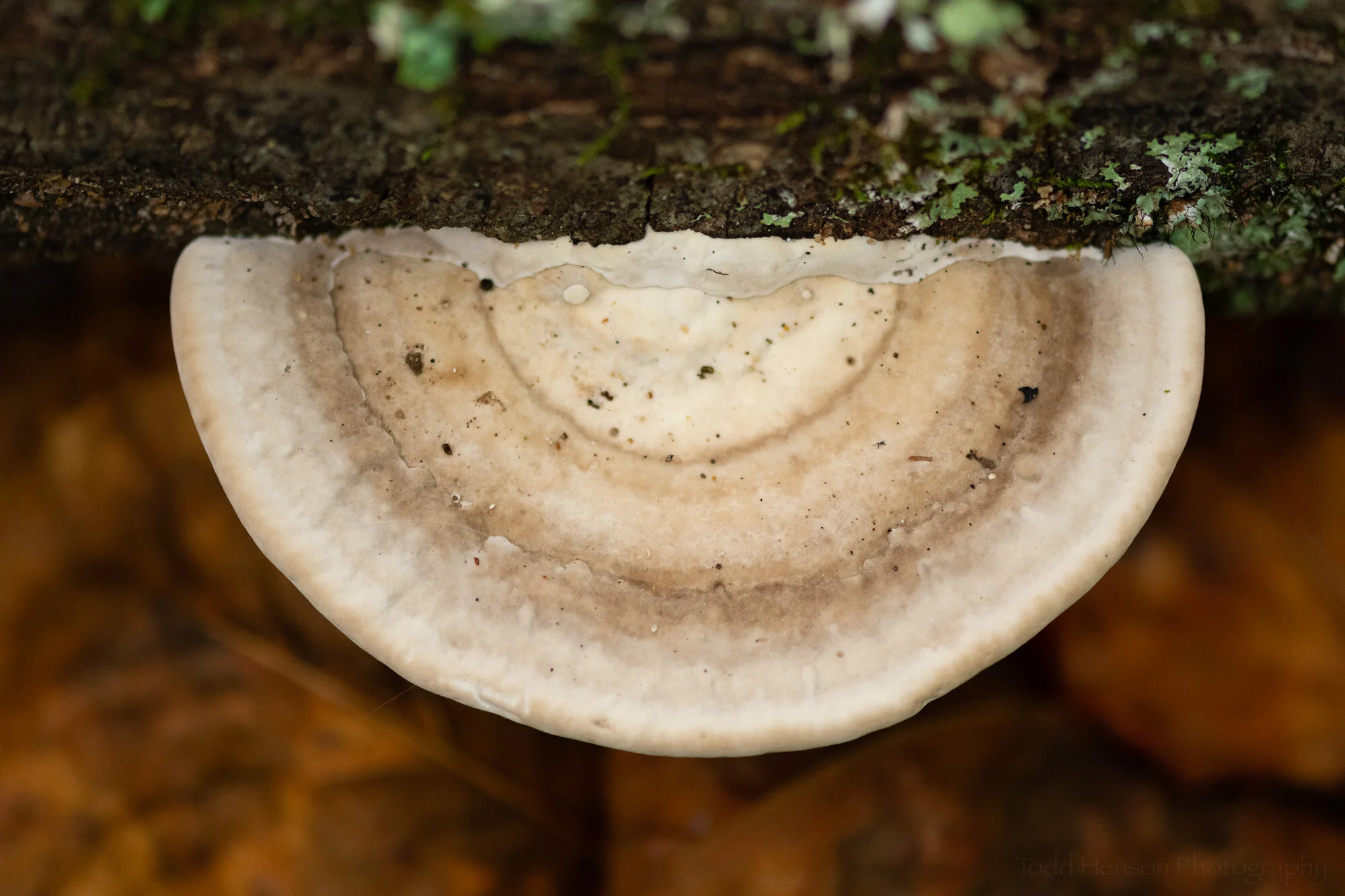A devil’s paintbrush
During a trip to New Hampshire my eyes were almost constantly drawn to these beautiful and bright patches of orange and yellow along the sides of so many roads. When we stopped to get a better look my father said it was a flower they call devil’s paintbrush up in that area and it was considered a weed. And yet I found it beautiful.
A devil’s paintbrush bouquet, view 1
Devil’s paintbrush is also known as orange hawkweed, more formally referred to as Pilosella aurantiaca and Hieracium aurantiacum. It is native to alpine regions of central and southern Europe and was introduced at some point long ago to North America. It’s classified as a noxious weed in some non-native regions in the United States and yet is protected in some of its native regions.
A devil’s paintbrush bouquet, view 2
A devil’s paintbrush bouquet, view 3
Do you enjoy these posts?
Sign up to receive periodic emails with updates and thoughts. Don’t worry, I won’t spam you. And please consider purchasing artwork or products from my online store, and using my affiliate links in the sidebar to the right when shopping online.
I appreciate your support!































